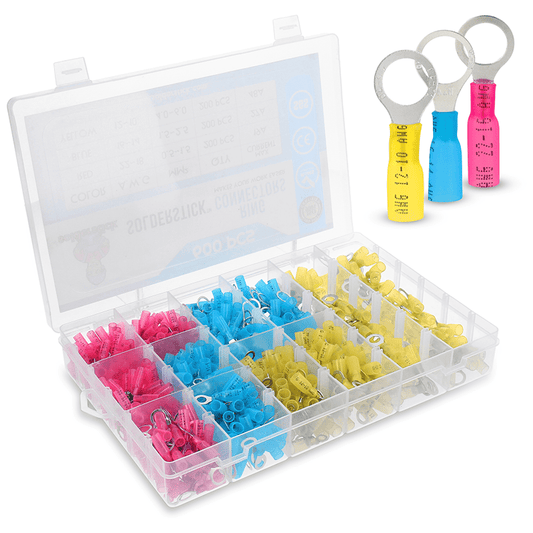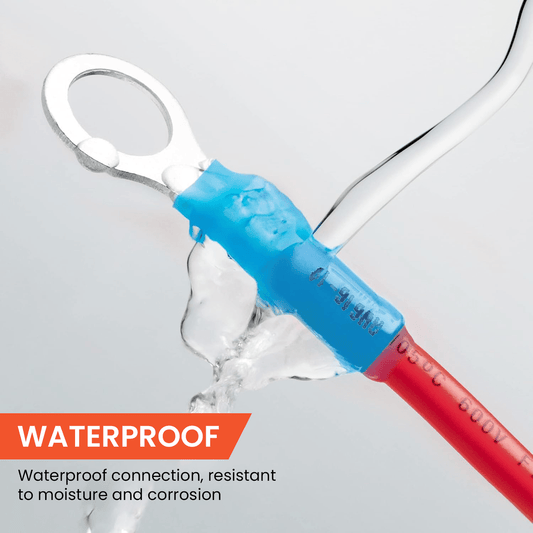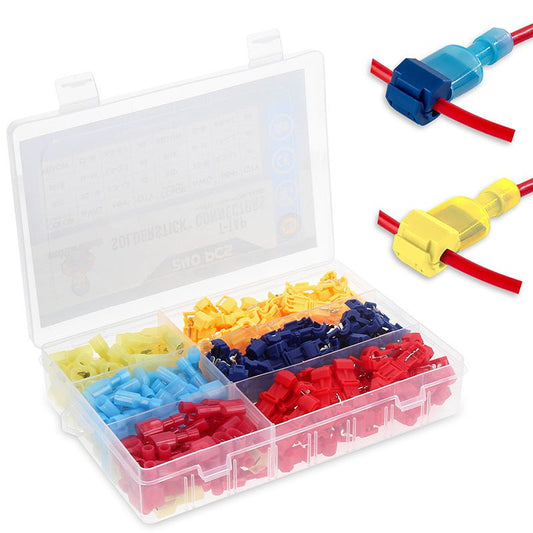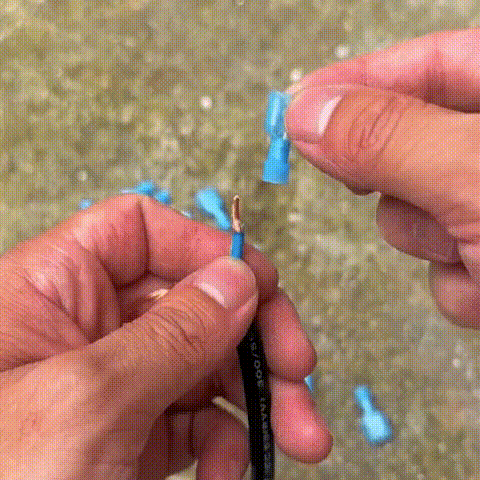








Revolutionize your wiring with SolderStick heat shrink solder connectors. Fast, reliable, and waterproof for automotive, marine, and Home DIY applications.
 Fuss-Free Connections Guaranteed
Fuss-Free Connections Guaranteed
 Trusted By Professionals and DIY’ers
Trusted By Professionals and DIY’ers

343K Subscribers

414K Subscribers

244K Subscribers
 Meets All Global Safety Standards
Meets All Global Safety Standards




2315 Reviews


235 Reviews


555 Reviews
 Free Shipping
Free Shipping
 100% Guarantee
100% Guarantee
 Easy Return
Easy Return
 Free Shipping
Free Shipping
 100% Guarantee
100% Guarantee
 Easy Return
Easy Return
 Free Shipping
Free Shipping
 100% Guarantee
100% Guarantee
 Easy Return
Easy Return
 Free Shipping
Free Shipping
 100% Guarantee
100% Guarantee
 Easy Return
Easy Return
 Free Shipping
Free Shipping
 100% Guarantee
100% Guarantee
 Easy Return
Easy Return
 100% Guarantee
100% Guarantee
 Easy Return
Easy Return












 FREE ProShield Heat Shrink 492pcs Pack ($49 Value)
FREE ProShield Heat Shrink 492pcs Pack ($49 Value)
 FREE Precision Wire Stripping Tool ($39 Value)
FREE Precision Wire Stripping Tool ($39 Value)
 FREE AstraBeam™ Penlight ($29 Value)
FREE AstraBeam™ Penlight ($29 Value)
 30 Day Money Back Guarantee
30 Day Money Back Guarantee
 Free Worldwide shipping
Free Worldwide shipping
 30 Day Money Back Guarantee
30 Day Money Back Guarantee
 24/7 Customer Support
24/7 Customer Support






Secured & Fuss-Free
Connections
IP67 Waterproof Guarantee
Trusted By Mechanics & Experts
Suits A Wide Range Of Projects
Money Back Guarantee
Automobile Repairs
From automotive repairs to home improvements, it’s the go-to solution for any wiring challenge.
Home DIY Wiring
With high-quality materials and construction, it delivers reliable connections that stand the test of time.
Boat Repairs
Its innovative waterproof design ensures a reliable electrical connections for boats and offshore applications.
Electrical Projects
Reduce burn & hazard risks to ensure a safer working environment, while being 100% safe for electronics.
Audio Systems
Superior conductivity, durability, and noise-free sound performance for home audio systems.
Aerospace Wiring
Ideal for high-performance aircraft applications, they enhance conductivity, durability, and resistance to extreme conditions.
Customer Reviews

Using a heat gun they provided and it was super easy to slip it on, twist the wires and slip it back on to solder and seal in one swoop is wicked cool!

Gabriel
 Verified Customer
Verified Customer
Work excellent! Seal AND solder wires together! I just hit them for about 15 seconds with my heat gun till shrink tube shrunk then solder melted to wire leads...boom, done!

William
 Verified Customer
Verified Customer
This solder sleeve works exactly how it is described & kills two birds with one stone of soldering wire as well as sealing the connection. It is a huge time-saver.

Brad
 Verified Customer
Verified Customer
After about 5 seconds the tubing started to shrink. At about 9 seconds the solder started to melt & bond the wires. I gave the wires a firm tug & there were super tight.

Kevin
 Verified Customer
Verified Customer
 30 Day Money Back Guarantee
30 Day Money Back Guarantee